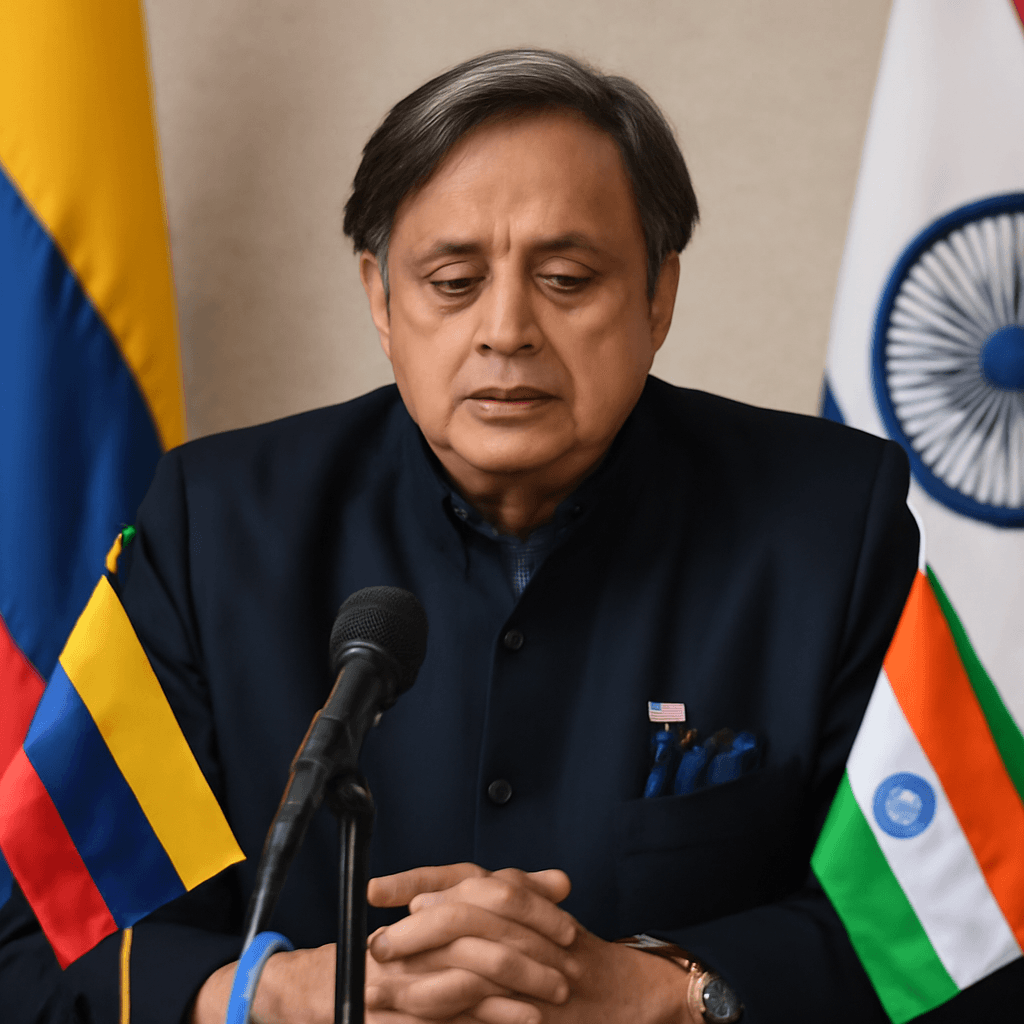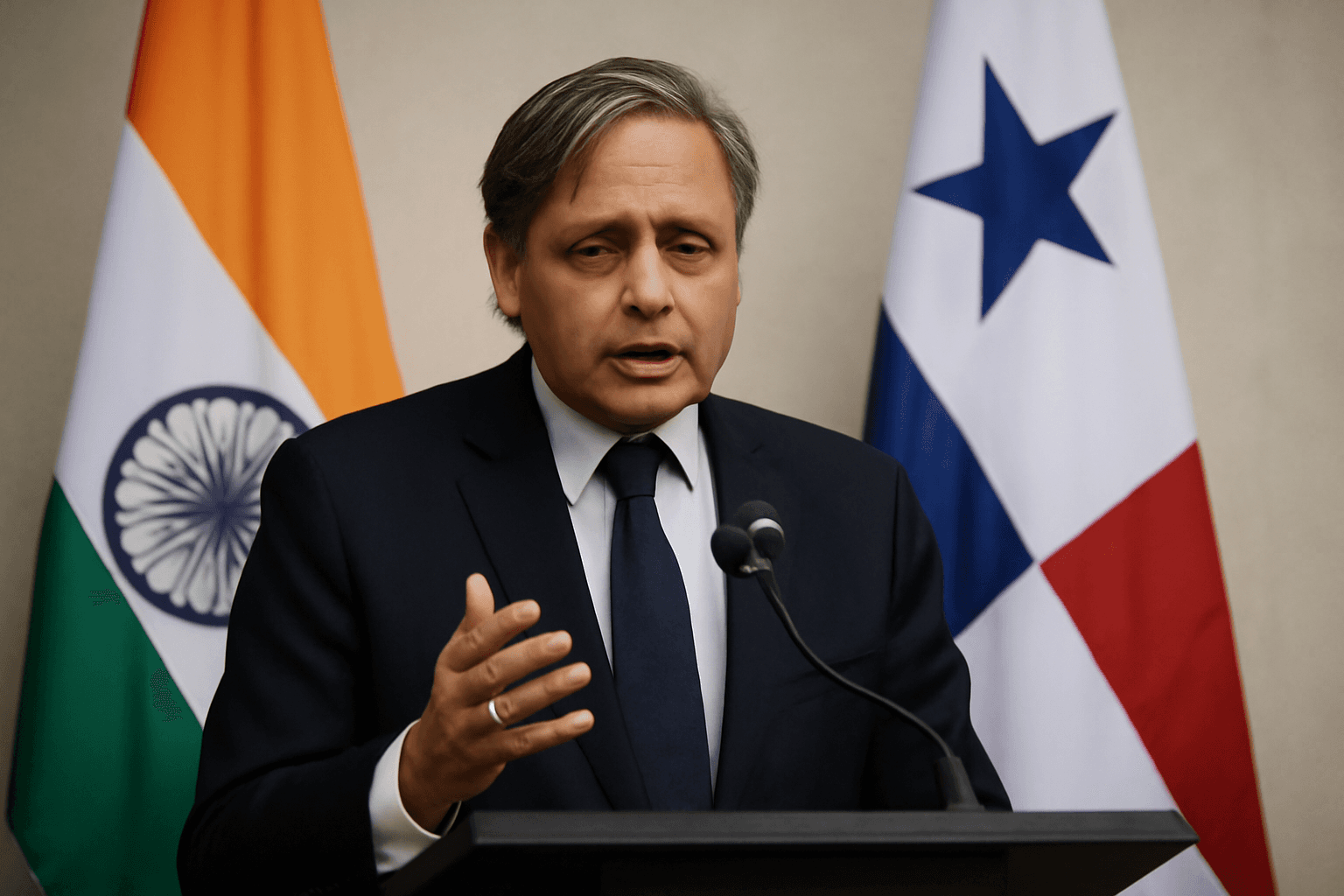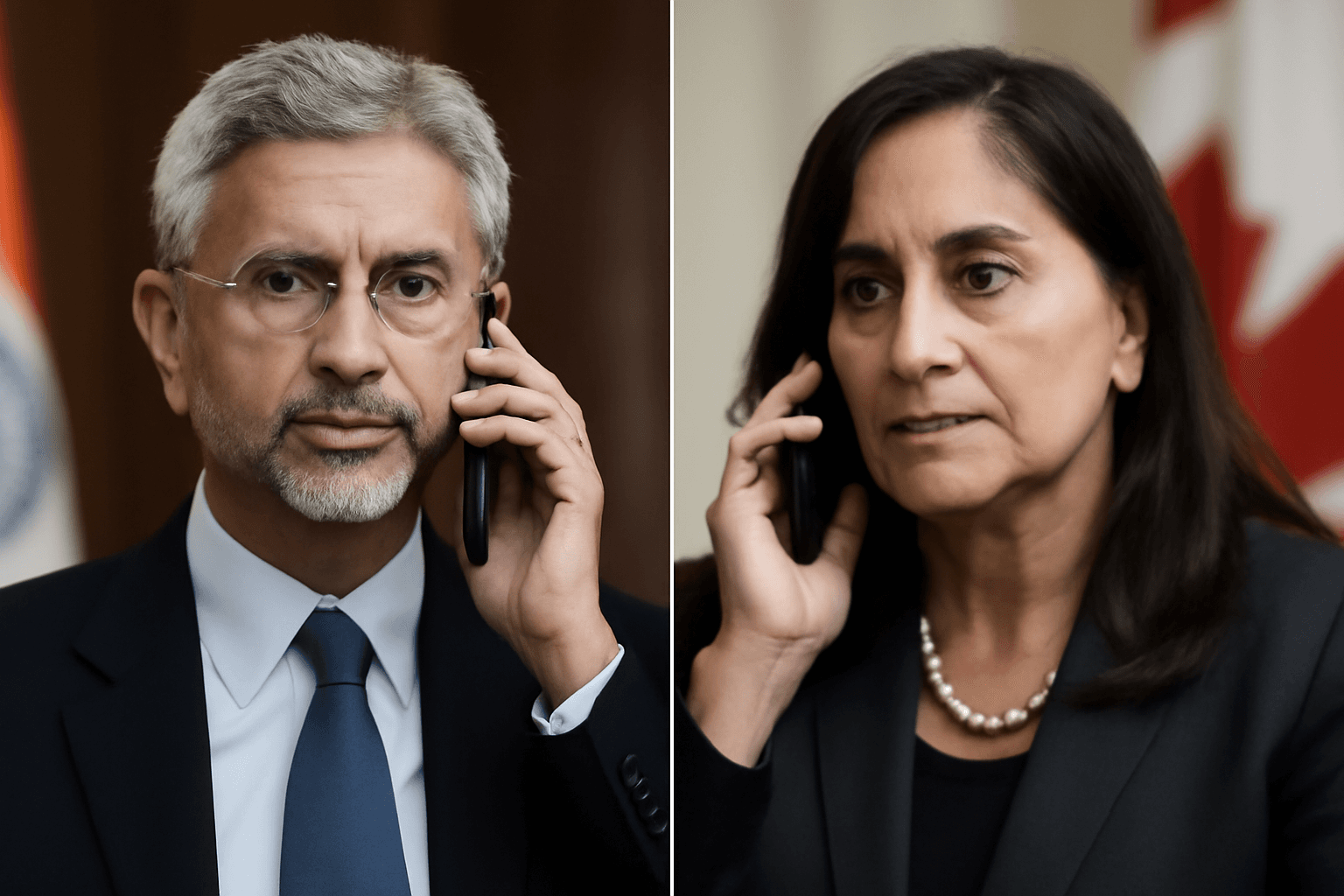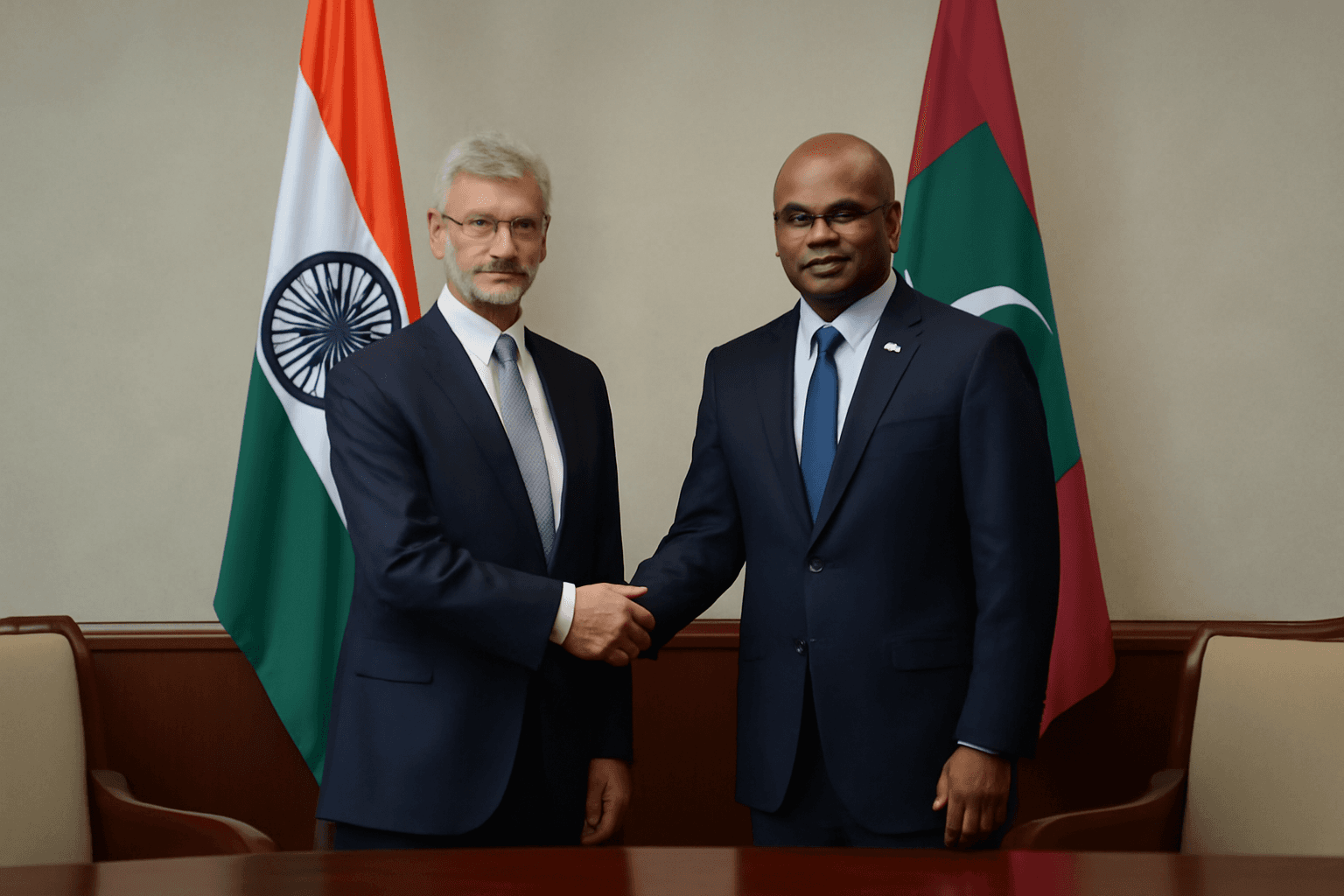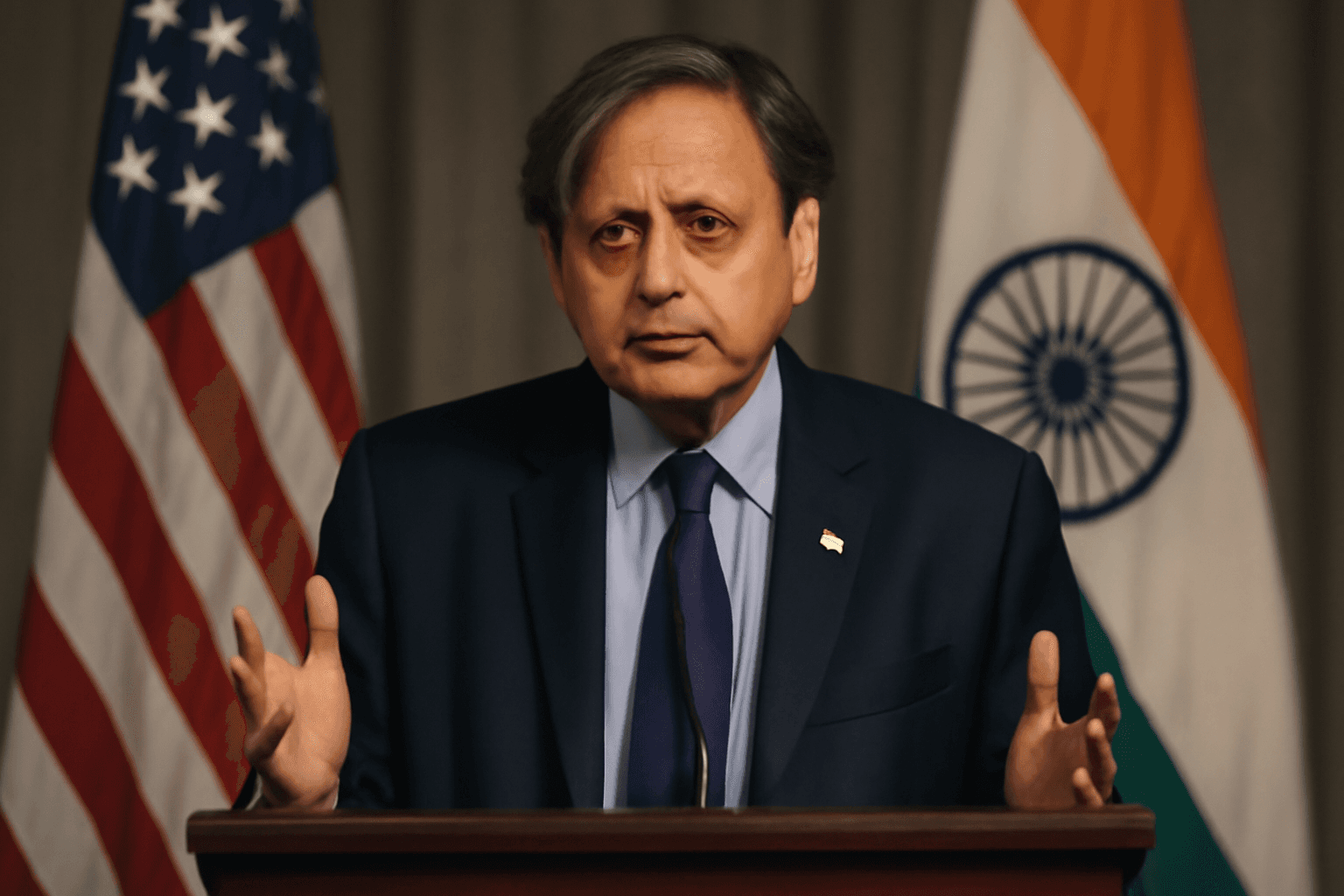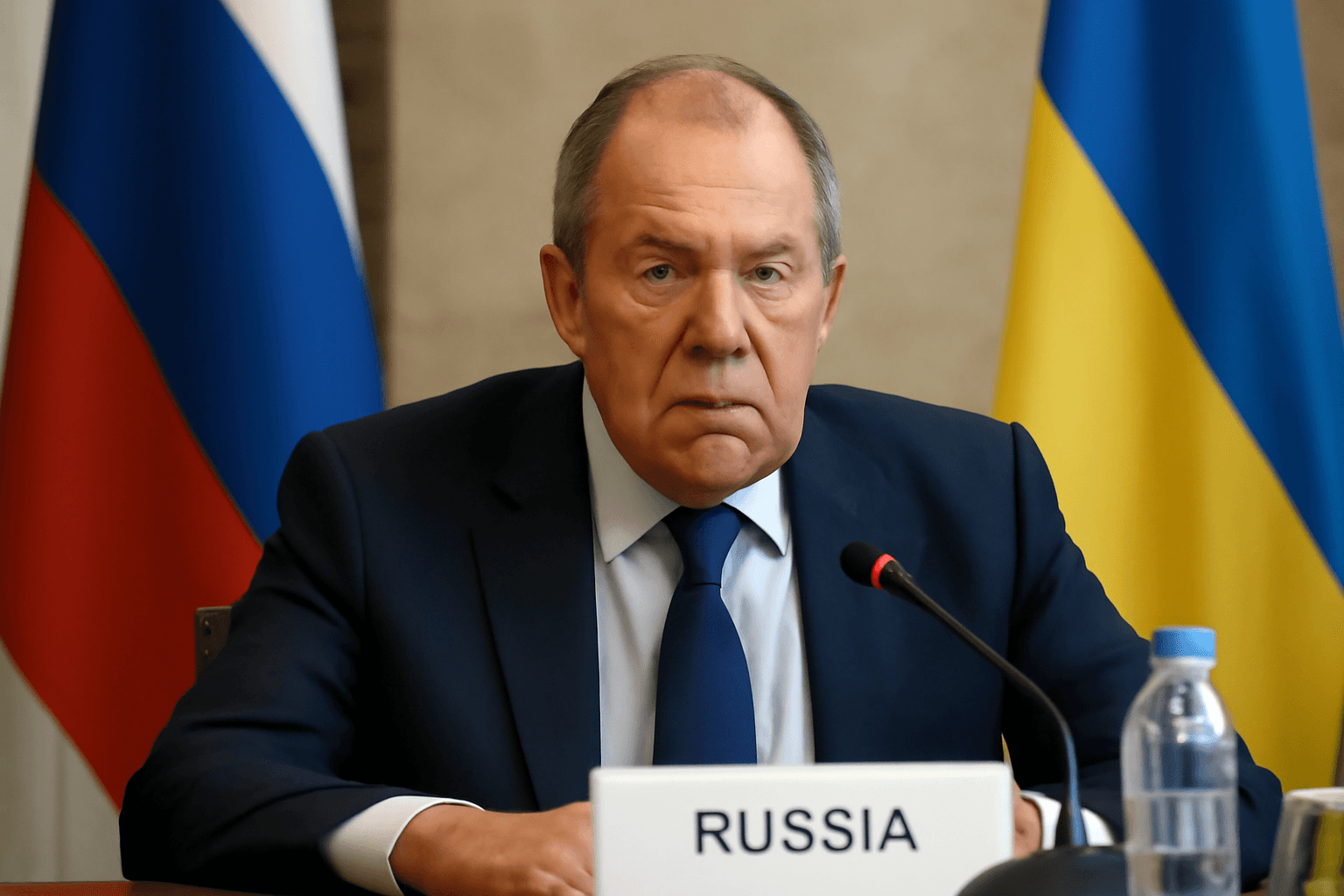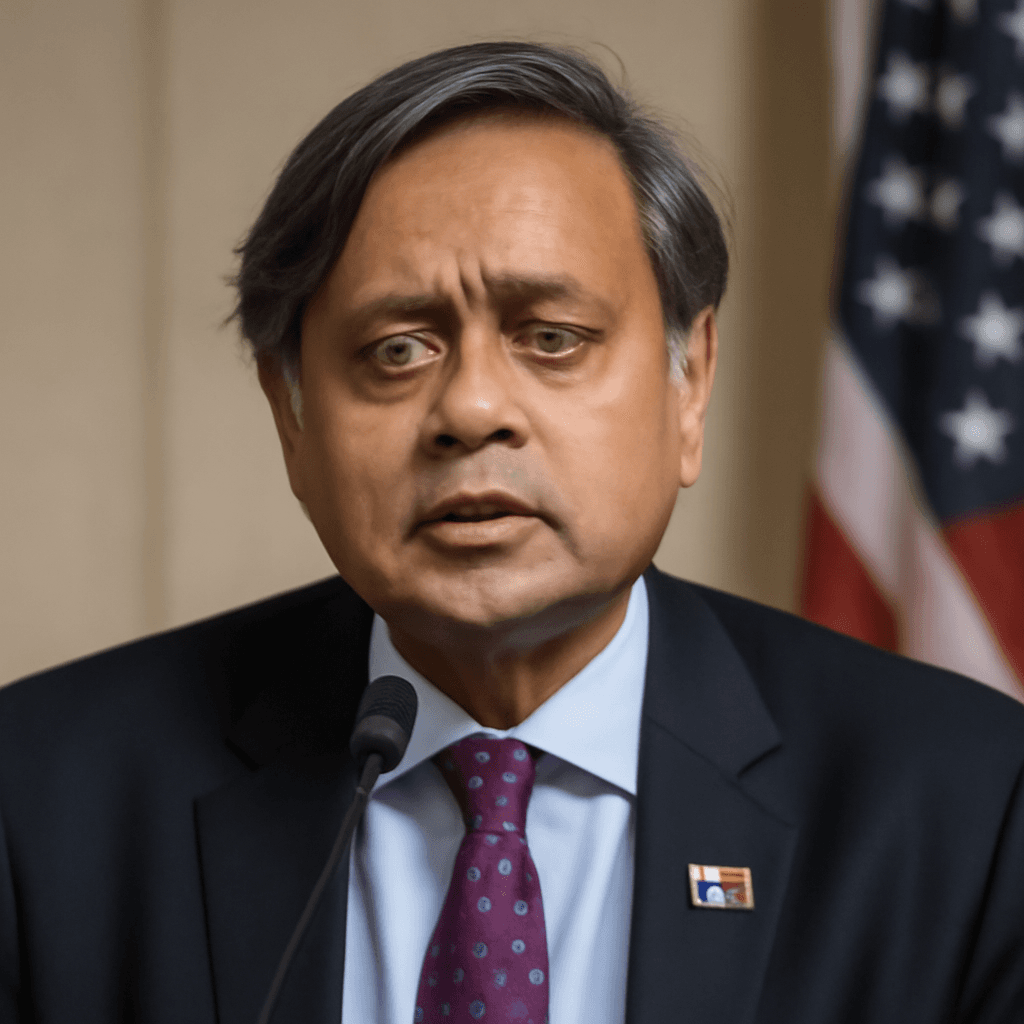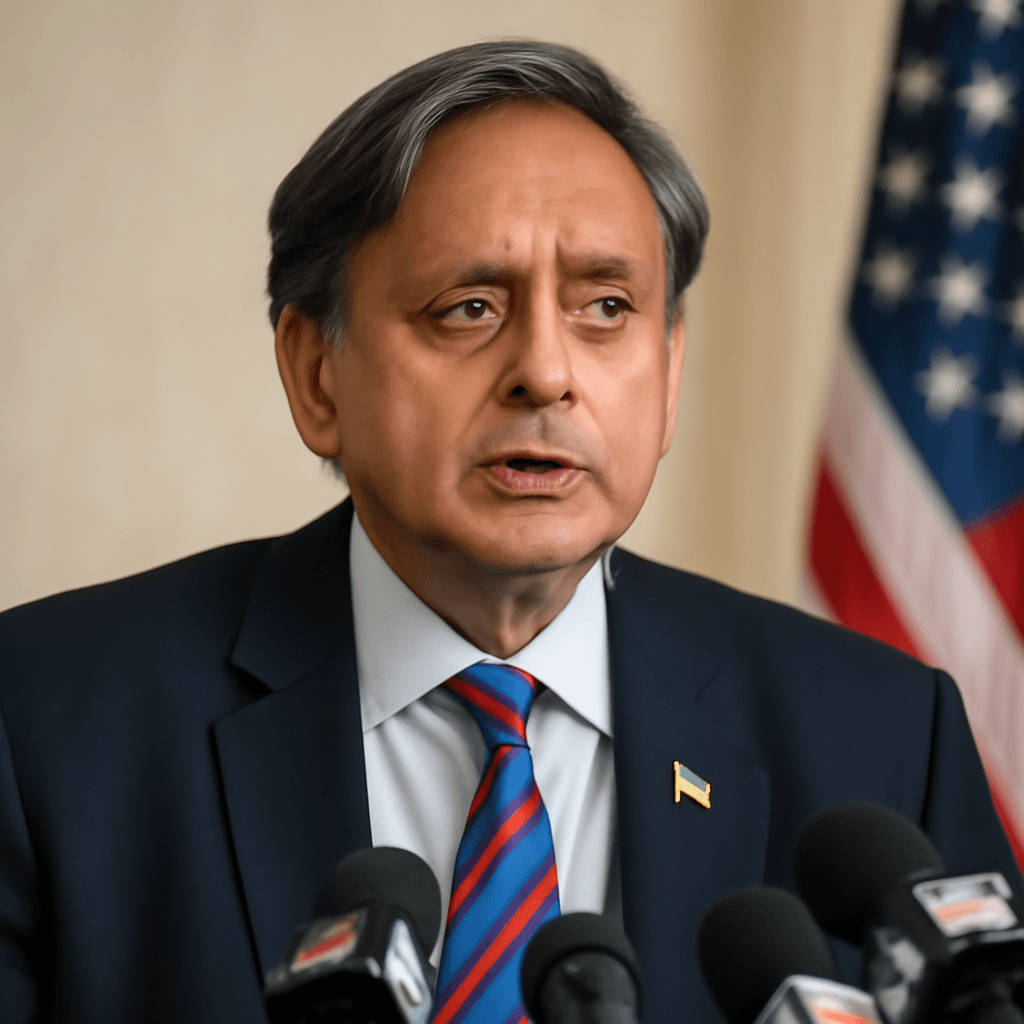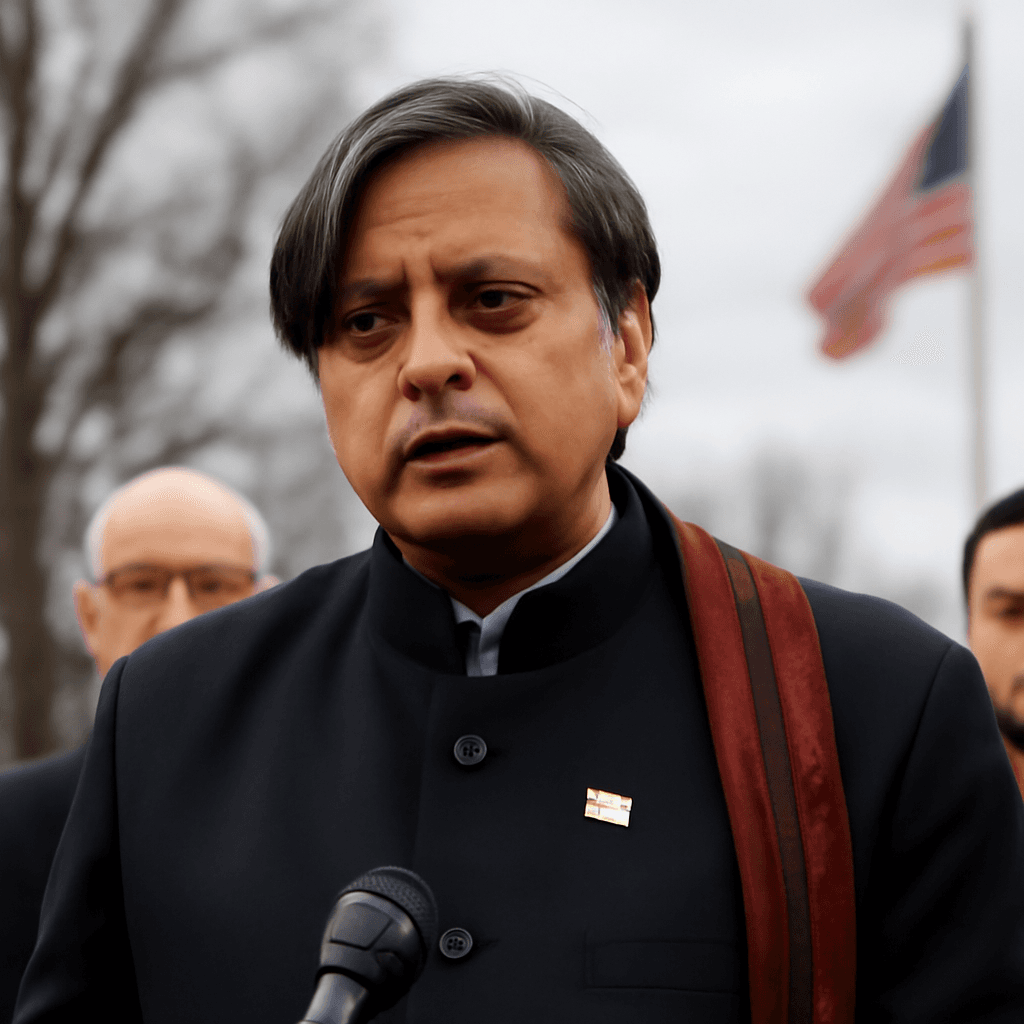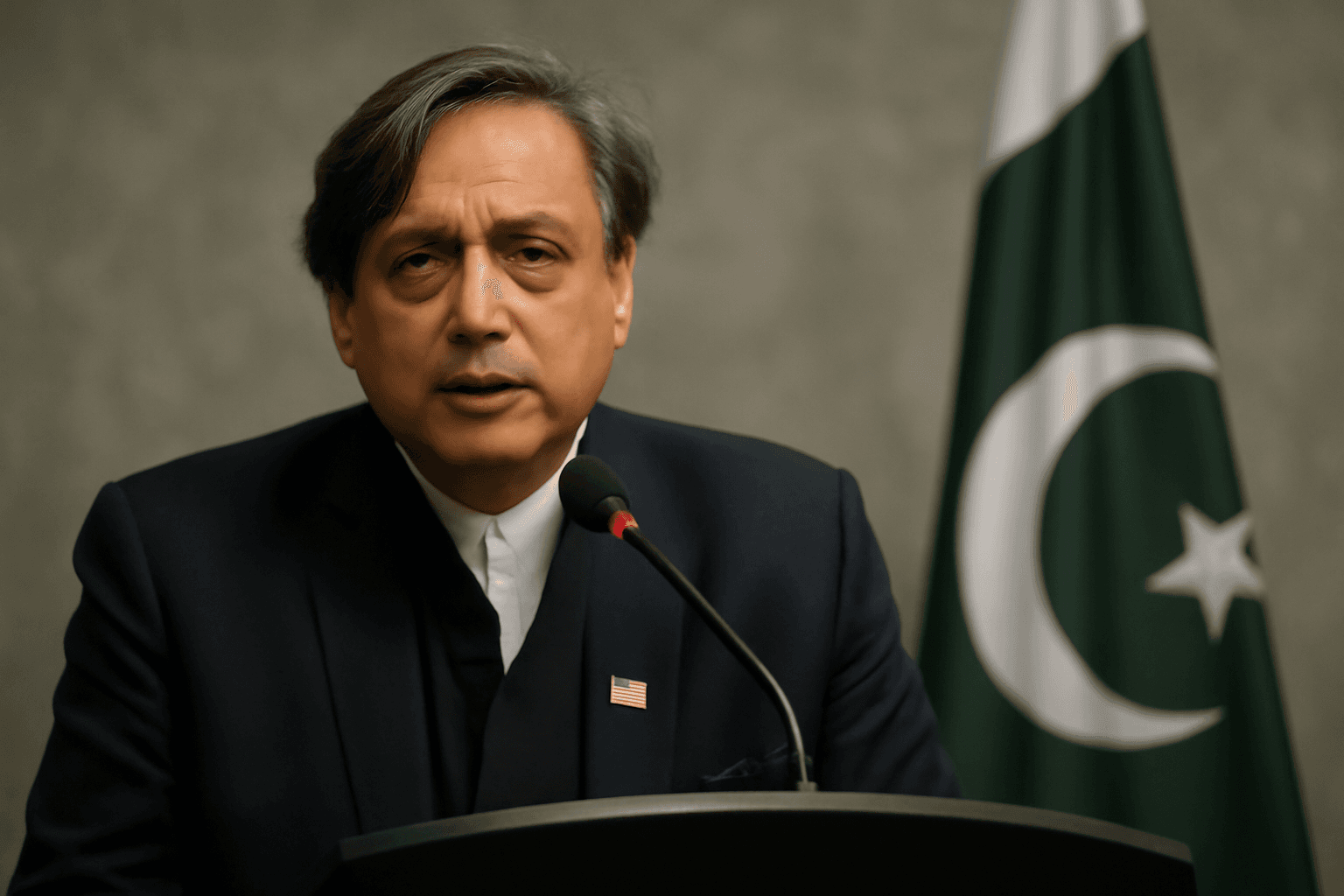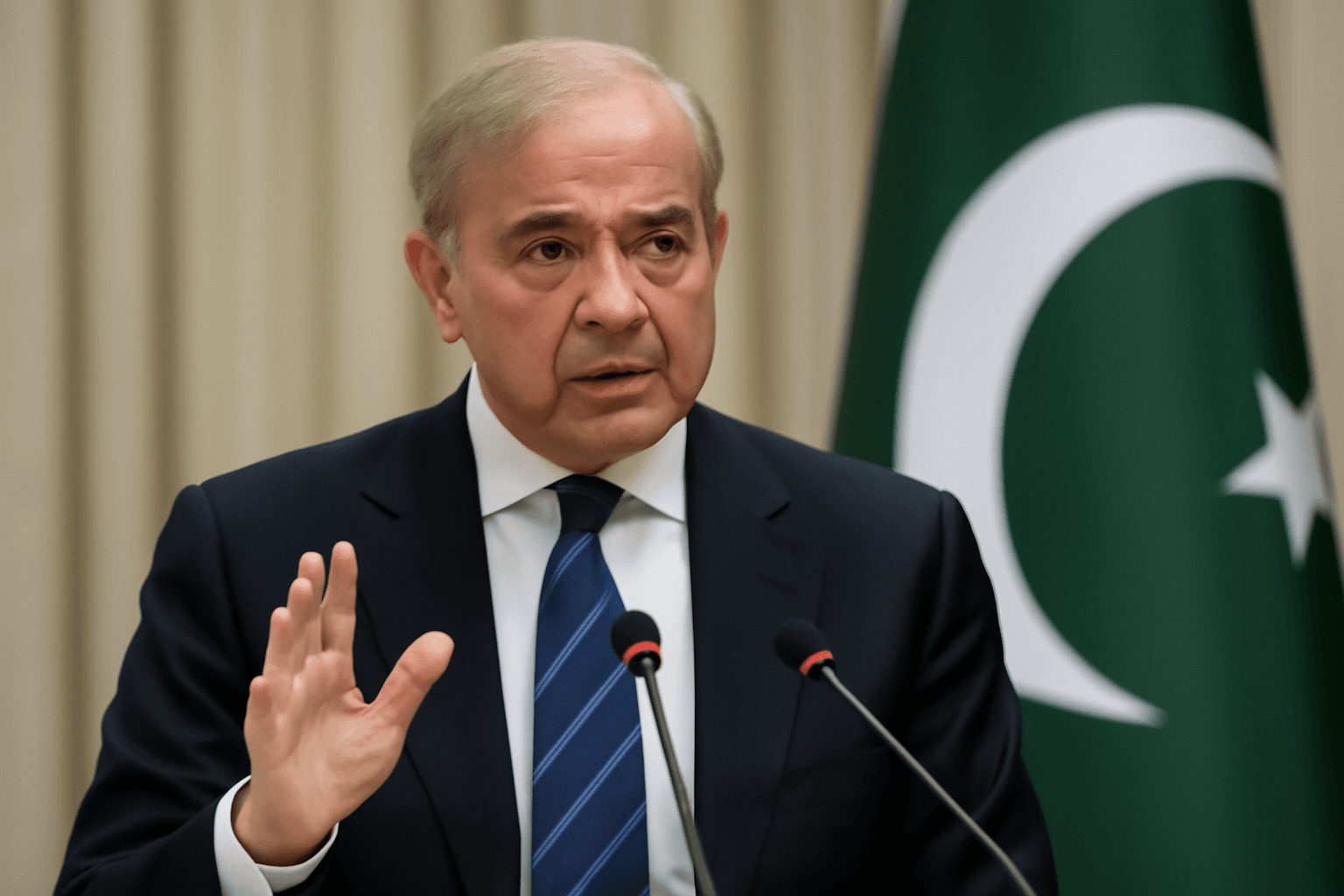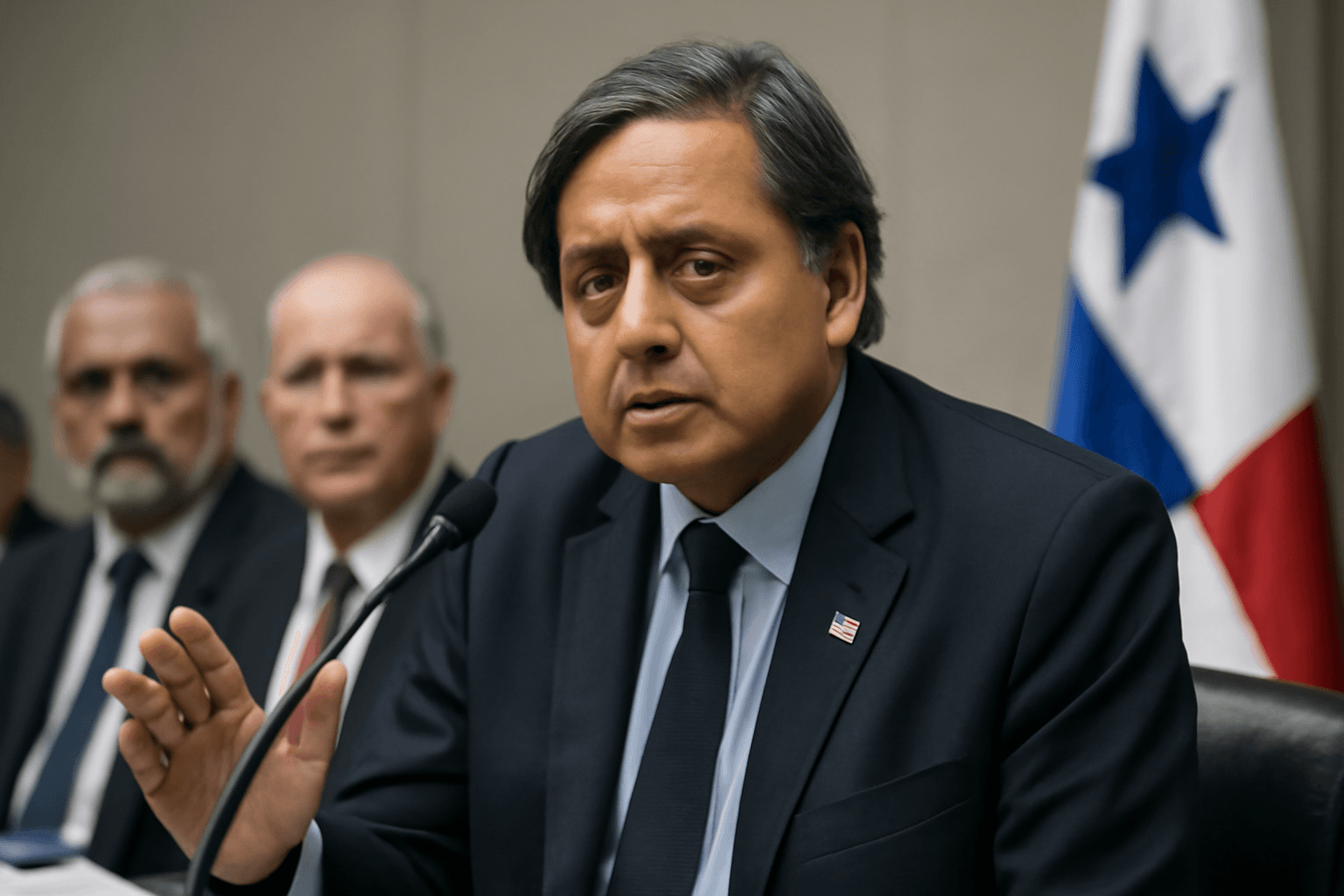Diplomatic Campaigns in the Aftermath of Military Clashes
Following a recent four-day military confrontation, India and Pakistan have embarked on extensive diplomatic initiatives aimed at shaping international perspectives. India’s approach constitutes a sustained, long-term strategy focused on isolating Pakistan over alleged sponsorship of terrorism. Conversely, Pakistan’s outreach appears motivated largely by pressing domestic political considerations.
Contrasting Diplomatic Narratives
India and Pakistan dispatched high-profile delegations to countries including the United States to articulate their respective positions. India’s delegation, notably inclusive of opposition leaders, underscored Pakistan’s role in fostering terrorism. The narrative highlighted incidents such as the massacre of 26 tourists in Pahalgam, illustrating a broader strategy Pakistan purportedly employs to destabilize India.
In contrast, Pakistan, led by its former Foreign Minister, projected itself as a victim of Indian aggression, advocating dialogue and mediation, especially focusing on Kashmir. This narrative seeks to position Pakistan as a peaceful actor despite the contentious incidents.
Shashi Tharoor’s Remarks on Terrorism
During an interaction at the Indian Embassy in Washington DC, Shashi Tharoor critiqued Pakistan’s claim of victimhood, emphasizing that Pakistan’s internal terrorist groups, such as Tehrik-i-Taliban Pakistan, are consequences of prior policies supporting the Taliban. He remarked, "You can’t breed vipers in your backyard and expect them to bite only your neighbours." Tharoor urged Pakistan to engage in serious self-reflection before denying responsibility.
Political Motivations Behind the Diplomatic Strategies
India’s delegation, including opposition figures, projects a unified domestic front to strengthen its international credibility, contrasting sharply with Pakistan’s fragmented political representation. Pakistan’s diplomatic efforts are influenced by its fragile domestic political landscape, with the government seeking to gain sympathy and international mediation, despite firm Indian opposition.
Notably, Pakistan’s delegations excluded significant opposition parties like Pakistan Tehreek-e-Insaf (PTI), signaling internal political calculations. PTI, associated with former Prime Minister Imran Khan and his reputed links to Taliban groups, remains banned from elections but retains popular support.
India’s expansive diplomatic outreach involves seven delegations visiting 33 countries, including unusual venues such as Bogotá and Ljubljana, demonstrating a broad international campaign. Pakistan limited its delegations to a few capitals, including Washington DC, London, and Brussels.
Domestic Audiences and Diplomatic Posturing
Both nations are acutely aware that diplomatic ventures target domestic public opinion to boost nationalist credentials and consolidate support. India aims to portray decisive leadership against terrorism, while Pakistan emphasizes its victimization to garner sympathy at home. This dynamic influences each country’s presentation and perceived success of their diplomatic missions.
India’s Strategic Long-Term Objectives
- Reduce Pakistan’s ability to facilitate terrorist activities against India.
- Encourage Pakistan’s donors to withhold aid until Islamabad takes concrete anti-terrorism measures.
- Shift global focus from nuclear escalation to terrorism as the primary security concern.
- Systematically increase international pressure on Pakistan through a widespread diplomatic network.
India’s global campaign signifies a patient, calculated effort to isolate Pakistan by exposing its terrorism policies while countering narratives highlighting nuclear risks.
Challenges Faced by Both Countries
Despite garnering significant support on terrorism, India still confronts challenges in alleviating international nuclear fears amid geopolitical dynamics, including prior statements implying potential atomic conflict. Pakistan’s efforts face skepticism due to India’s international strategic and economic stature, and resistance to third-party mediation on Kashmir.
Pakistan’s reliance on external sympathy is constrained by internal political fragmentation and limited international receptivity to its narrative.
Conclusion
The stark contrast between India’s cohesive, strategic diplomacy and Pakistan’s politically driven outreach underscores the broader geopolitical contest between the two nations. India’s methodical and globally expansive approach seeks durable isolation of Pakistan’s terror sponsorship, while Pakistan’s campaign reflects domestic vulnerabilities heightened by recent military setbacks.


